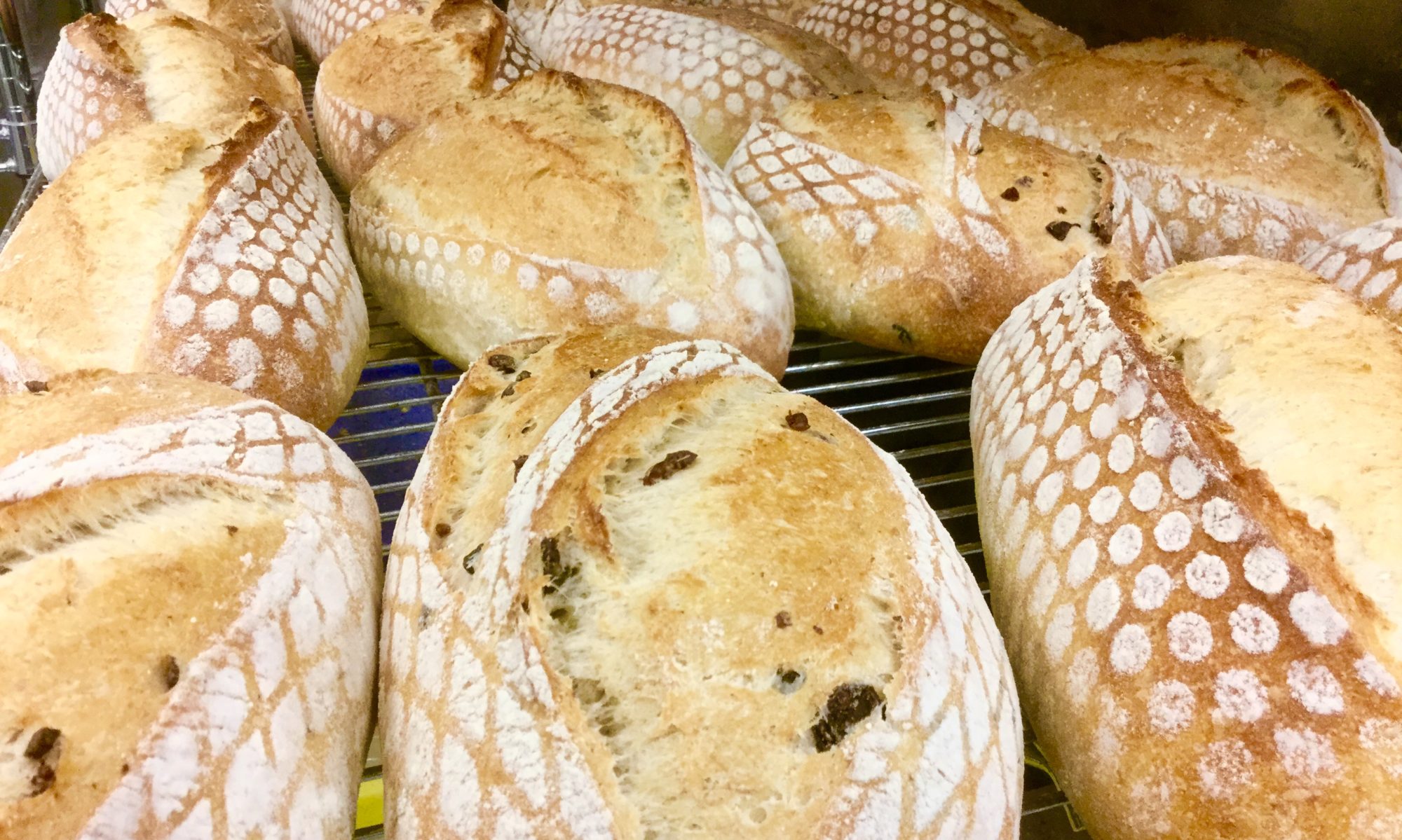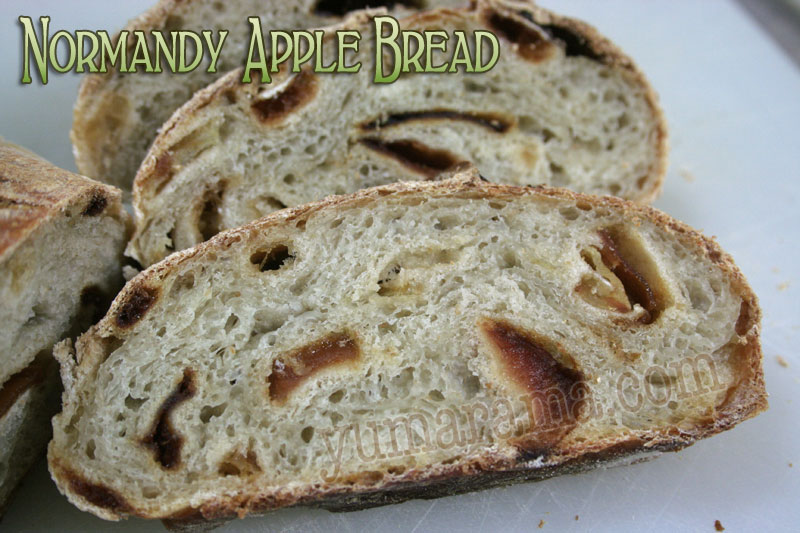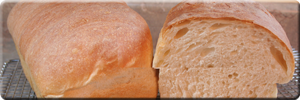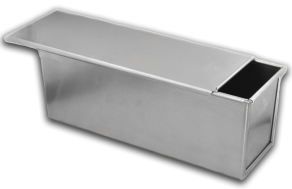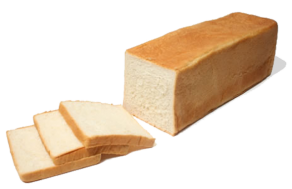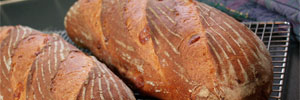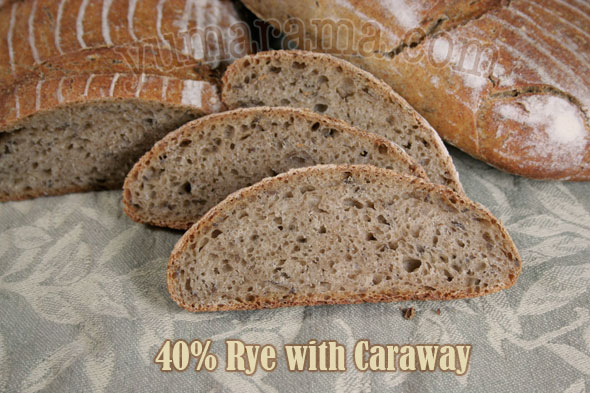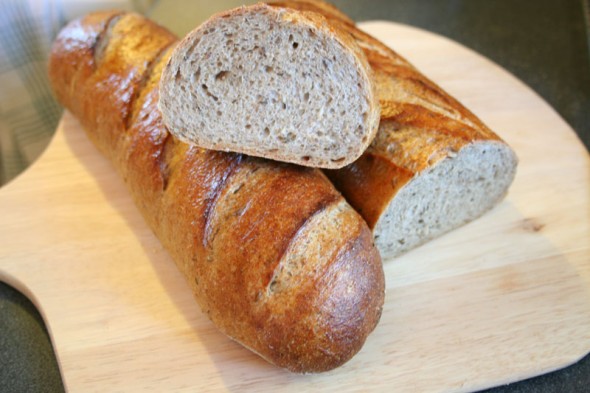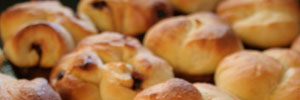 Easy, simple dinner rolls. Quick to make and lovely to bite into. This is what I was looking forward to when I started into the Soft Butter Rolls, one of the September Breads from the Mellow Bakers challenge. You can find this recipe on page 326 of Jeffrey Hamelman’s book [easyazon-link asin=”1118132718″ locale=”us”]Bread: A Baker’s Book of Techniques and Recipes[/easyazon-link].
Easy, simple dinner rolls. Quick to make and lovely to bite into. This is what I was looking forward to when I started into the Soft Butter Rolls, one of the September Breads from the Mellow Bakers challenge. You can find this recipe on page 326 of Jeffrey Hamelman’s book [easyazon-link asin=”1118132718″ locale=”us”]Bread: A Baker’s Book of Techniques and Recipes[/easyazon-link].
(Yes, this post is late seeing as I’m finishing it up in October. But then, we’re MELLOW bakers for a reason!)
Looking over the recipe, it seemed to be the case. However, looking over the posts other bakers had put up as they were pumping these guys out, it seemed there were a few steps one needed to be wary of. I took these into consideration and went ahead; I’ll point out where one needs to divert from the recipe a little. Nothing major, however.
Let’s start with our Mis en Place. Or actually, let’s not and cover what that is and why you would want to do it first.
What is a “Mis en Place” anyway?
Mis en Place (pronounced “meez awn plass”) is a french term meaning “Put in its place” and refers to the setting out of your required ingredients, all measured and ready, before you start building your bread (or whatever you’re baking or cooking). So you’d go through your recipe, measure and weigh out your flour, water, butter, salt yeast and so forth ahead of time, making sure you aren’t short of anything and everything is right there for you. You’ve seen this on a million cooking shows, the host always has everything ready and pre-measured.
Why do it? To avoid surprises mid-baking and the potential of missing an ingredient if you are in the habit of scooping or spooning out as you go along. Did you add those three teaspoons of butter already? Did you forget to put in your salt? If the salt is still on the counter then it’s easy to see you did not. If the little salt bowl is empty, it’s easy to see you did. If you normally pour it into the bowl from the container, you may not recall.
And yes, that does happen. I’ve had it happen, other big-time bread folks mention it’s happened to them… No one is immune from the “did I or didn’t I?” slip up. A momentary distraction, you lose your flow and now you miss an important ingredient. It may not be until you server your fresh loaf that you suddenly realize that bread with no salt can be incredibly odd tasting.
It also lets you confirm you do in fact have that cup of buttermilk on hand so you don’t go to the fridge and suddenly realize you need to rush to the store when you’re halfway into mixing the dough. All in all, it’s a simple way to be prepared so you can focus on simply putting your dough together.
And here’s the Mis en Place for our rolls:
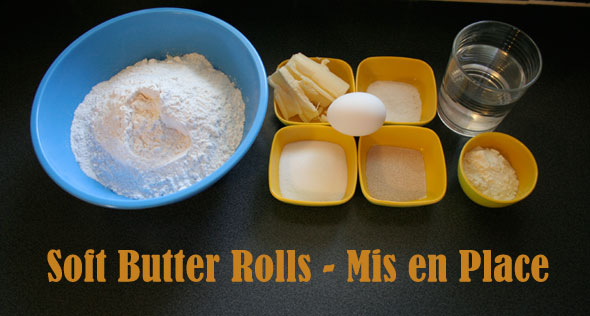
Continue reading “Soft Butter Rolls”
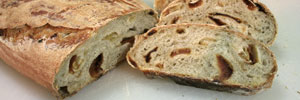 Trying to catch up on the breads I missed over the last few months while moving across the country, I chose to do the Normandy Apple Bread from our February list over at MellowBakers.com.
Trying to catch up on the breads I missed over the last few months while moving across the country, I chose to do the Normandy Apple Bread from our February list over at MellowBakers.com.